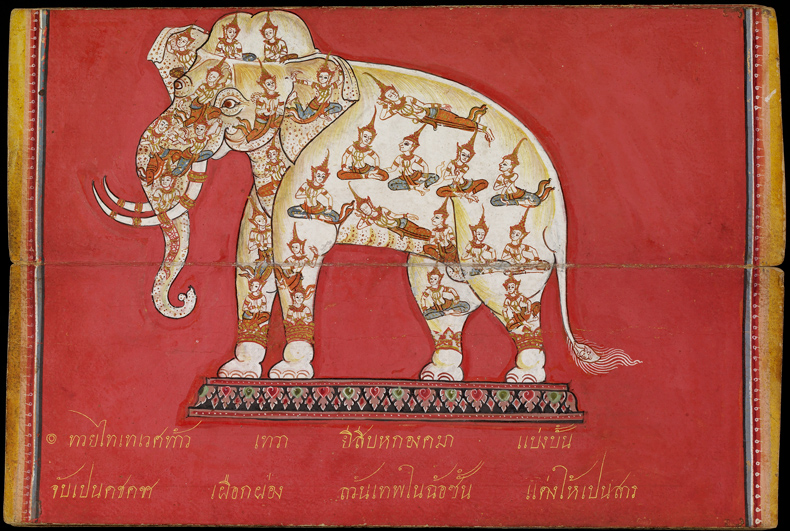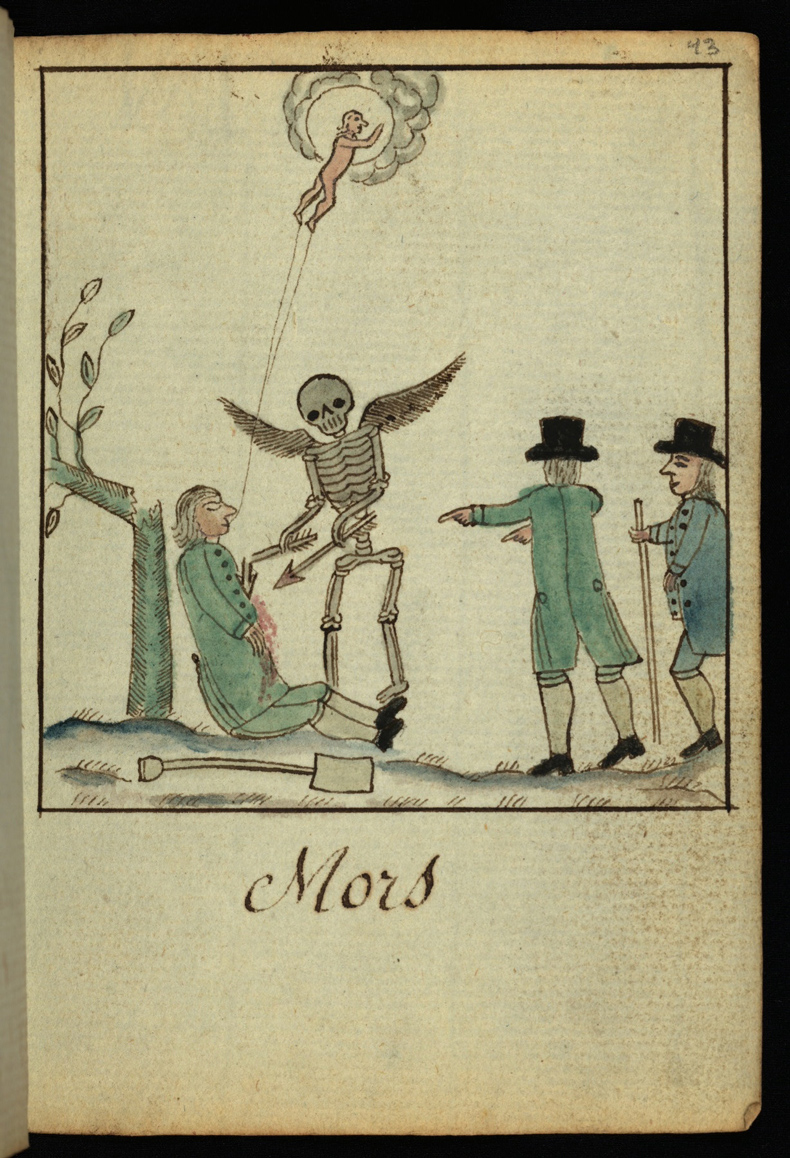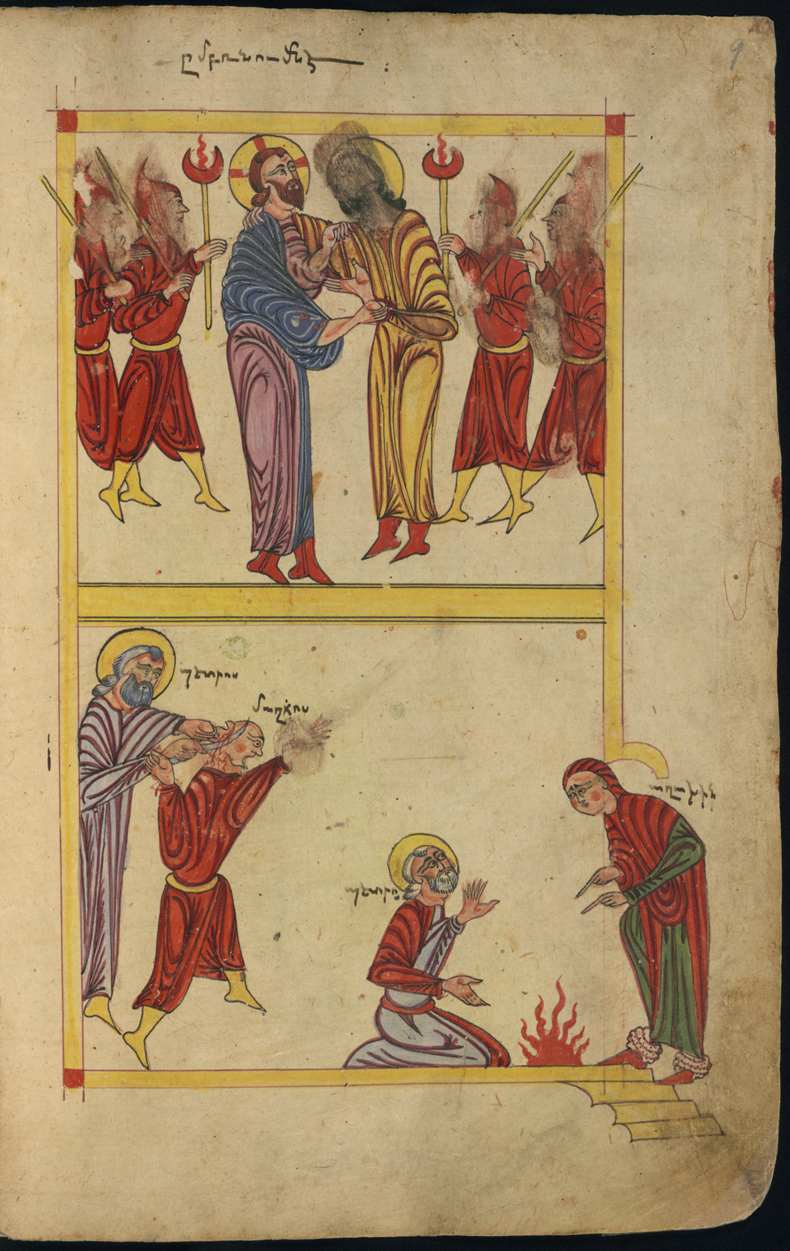A little knowledge is a dangerous thing – especially when the source of that knowledge is run through with deadly toxins. For this unusual exhibition, the Walters Art Museum picks out 24 tomes from its own killer collection of manuscripts to shed light on the use of arsenic, lead, mercury and other potentially lethal elements in illustrating and binding books over the centuries (18 December–5 August 2025). The risks inherent in making dazzling manuscripts were not confined to any particular region: highlights of the show include an Armenian gospel book from the mid 15th century, illustrated using mercury-rich cinnabar, and a 19th-century Thai treatise on elephants in which the bright shades of yellow are made from orpiment, a volcanic sulphide that contains arsenic. These elemts remain toxic for hundreds of years, which is why the curators have taken care to underline the considerations and procedures required to conserve and display these works.
Find out more from the Walters Art Museum’s website.
Preview below | View Apollo’s Art Diary
Page from Treatise on Elephants (1824), Thailand. Walters Art Museum, Baltimore

Page from an illustrated manuscript confessory for use by deaf youths (c. 1819), Netherlands. Walters Art Museum, Baltimore

Page from Gospels (1455), Lake Van, Turkey. Walters Art Museum, Baltimore




